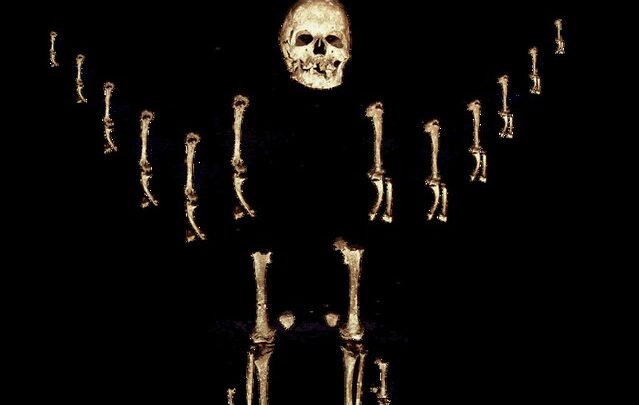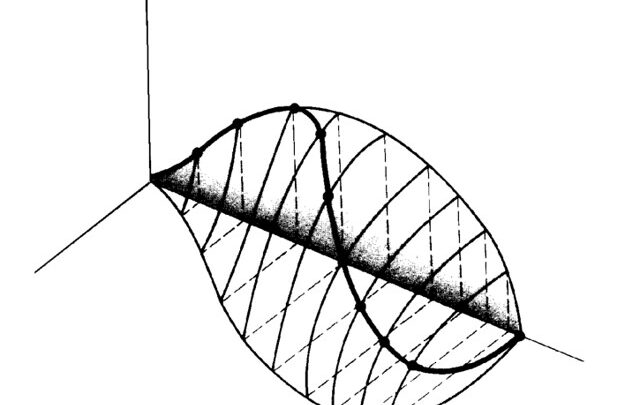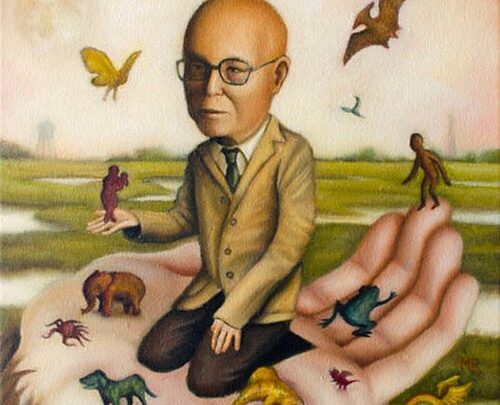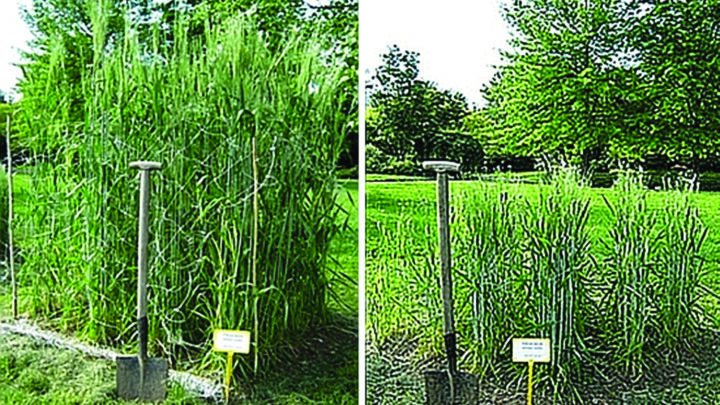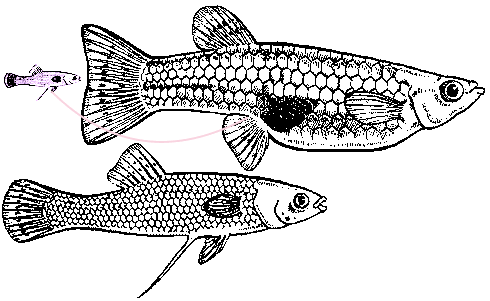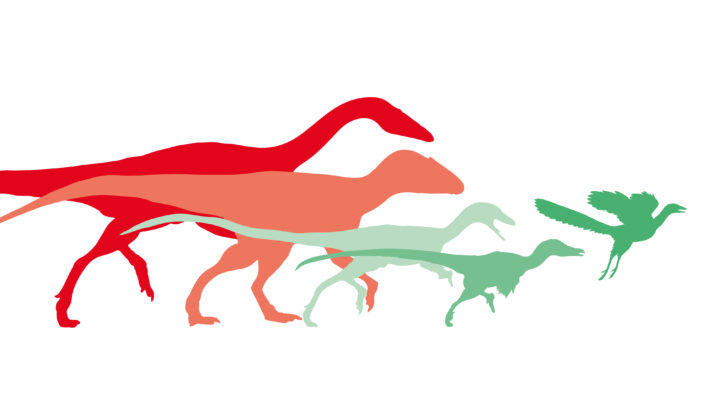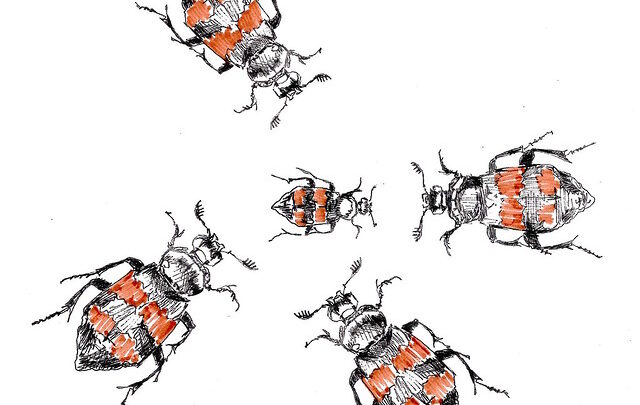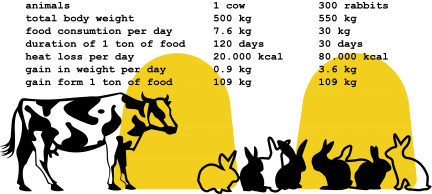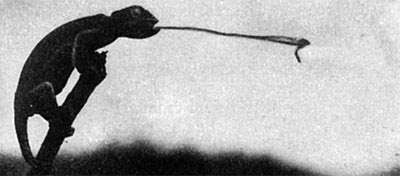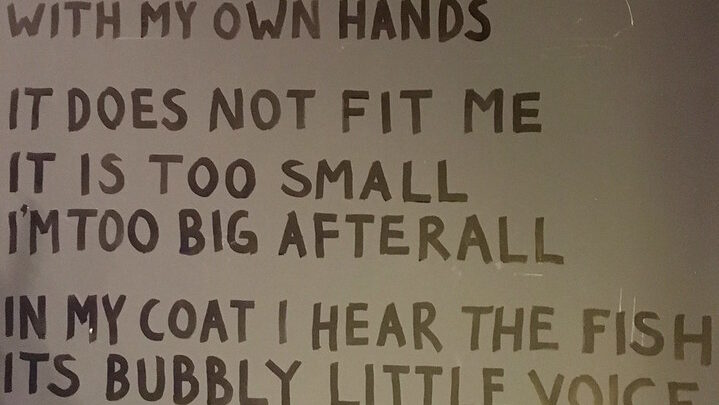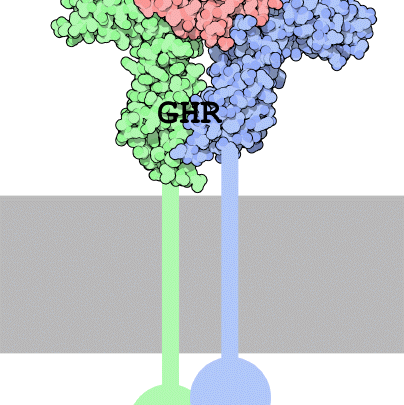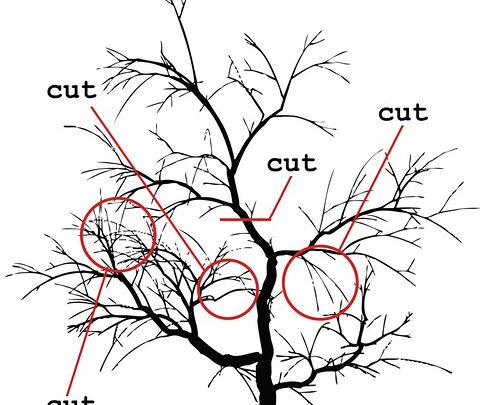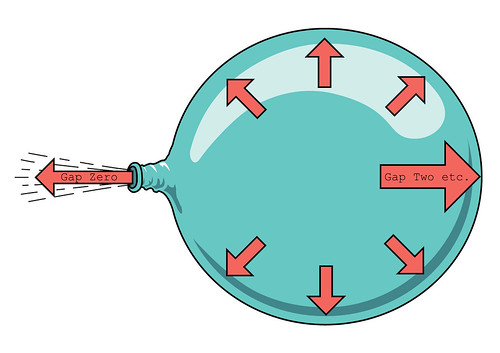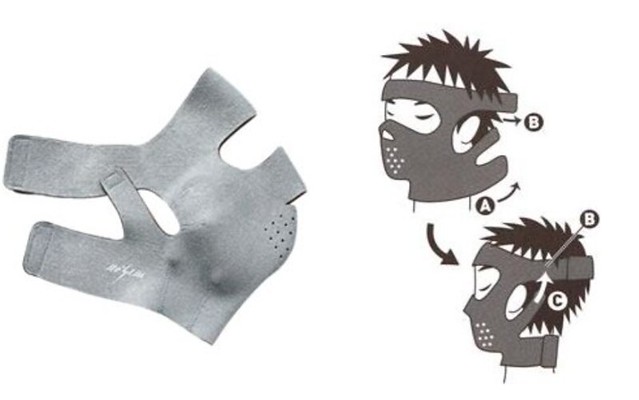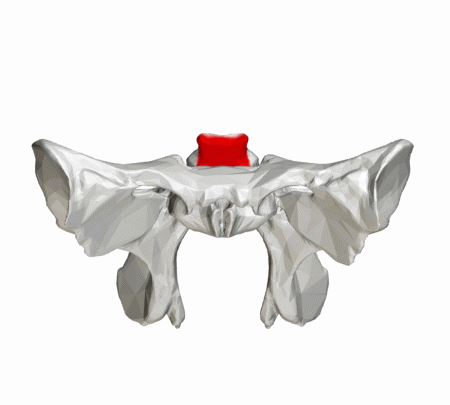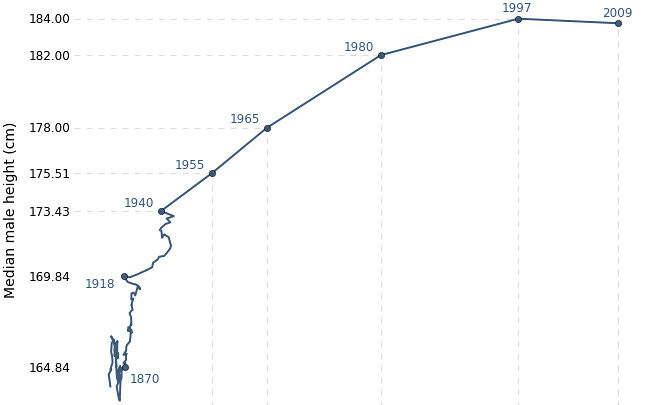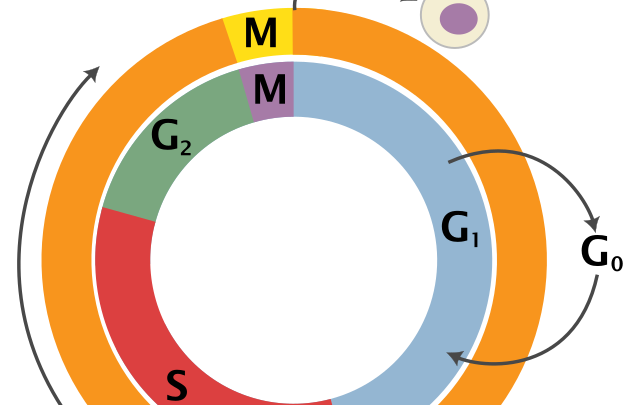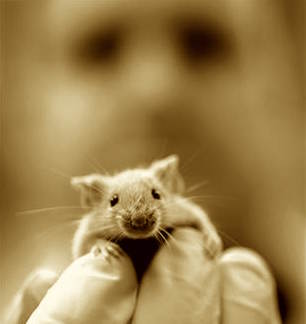Thumbs Up for Teens.
March 15, 2016Trade-Off Dialectics
March 7, 2016Japanese Miniatures: Okamura Fossil Laboratory
February 24, 2016Japanese Miniatures: Akakomugi
February 17, 2016Sneaky Copulation
February 17, 2016Dinosaur-Bird Transition
February 16, 2016Micro-Livestock: A Possible Future
January 8, 2016Although animal science has traditionally emphasized bigness, the 1991 report Micro-Livestock: Little-Known Animals with a Promising Economic Future shows that smallness has many advantages. If in the future the human species will become smaller, we will benefit from most of the advantages listed below. Small animals…
Small Chameleon’s Mighty Tongue
January 7, 2016The Shaman’s Fish Song
November 17, 2015Full Length over Exon Deficient
November 14, 2015Pruning
July 25, 2015The Devil’s Dwarfs
June 4, 2015The Cell Cycle: Gap Zero
May 23, 2015Japanese Miniatures: Social Kogao Chins
April 21, 2015The Turkish Seat
April 20, 2015The Tall Dutch
April 9, 2015The Cell Cycle: Détente
April 7, 2015We are the Model Organism
April 3, 2015The Incredible Shrinking Man is interested in the scientific culture of model organisms. A model organism is an animal species that is studied to understand particular biological phenomena, with the expectation that discoveries made in the organism model will provide insight into human biology. This research strategy is…
